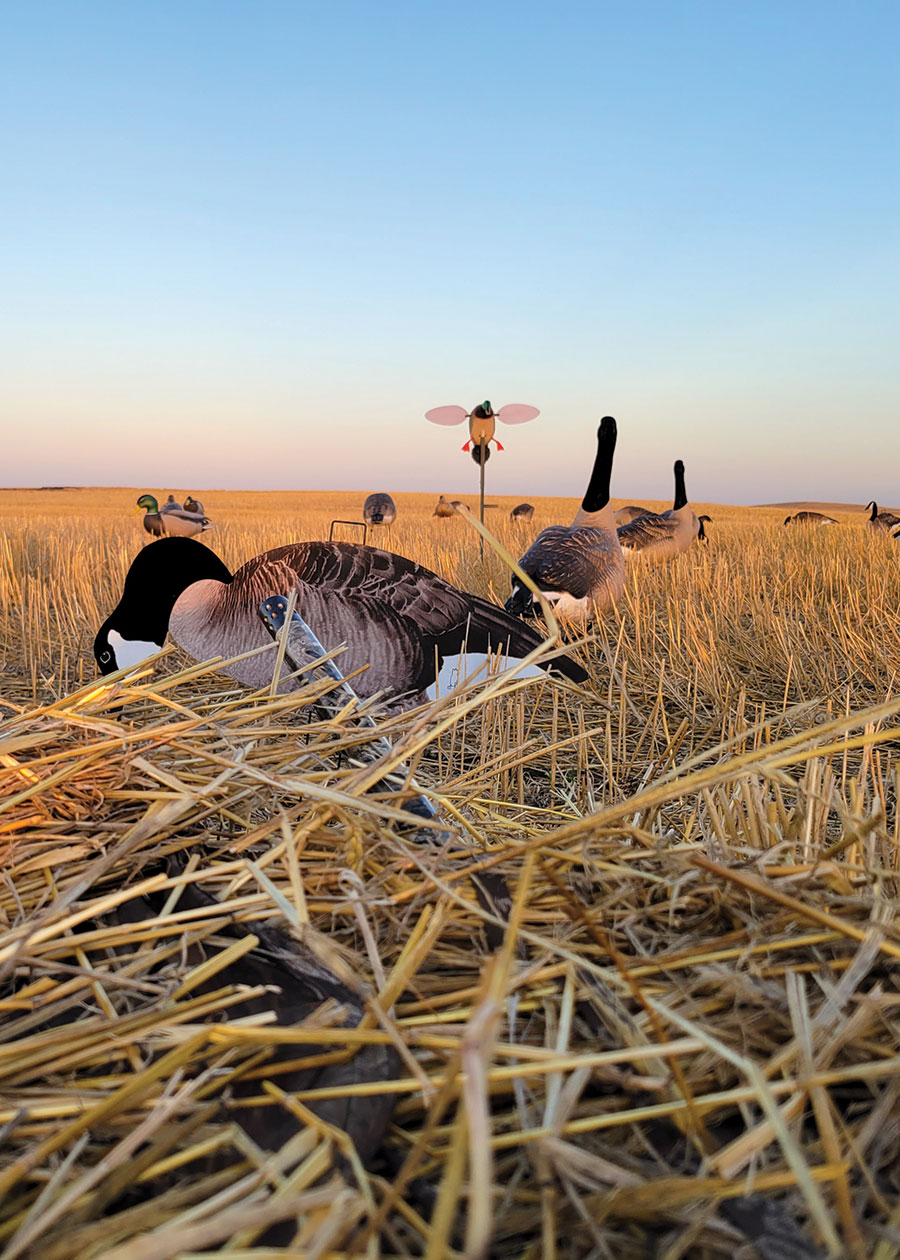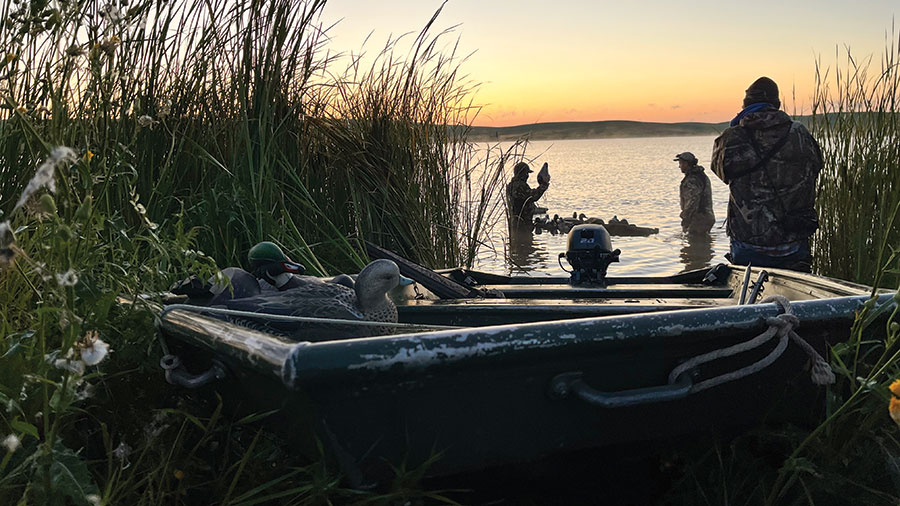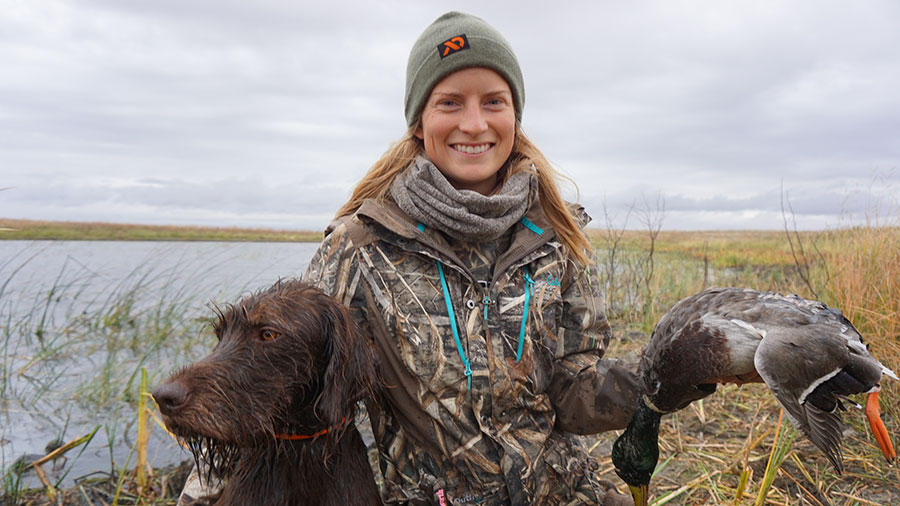E-Stamp Needed to Hunt Waterfowl
Cayla Bendel

Those of you looking to put eyes to skies for flocks of waterfowl this fall — be they greenheads, honkers, buffies or even Hollywoods — will notice an additional $5 waterfowl habitat restoration electronic stamp is required effective Aug. 1.
The stamp is a result of Senate Bill 2216 that came out of North Dakota’s 69th legislative gathering that wrapped up in May. The bill states the electronic stamp is required for residents and nonresidents to hunt waterfowl in the state. It also created a new fund called the Waterfowl Habitat Improvement Fund. The money generated from the stamp will be deposited into the fund and “may be expended for improving or restoring waterfowl habitat and supporting youth hunting programs.”
The bill, sponsored by Sen. Sean Cleary, Bismarck, and Reps. Glenn Bosch, Bismarck and Todd Porter, Mandan, was largely brought to life by the newly formed North Dakota Waterfowl and Agriculture Association. NDWAA formed in the spring of 2024 and according to their website, is “dedicated to fostering sustainable waterfowl hunting and agriculture in North Dakota.” They advocate for balanced hunting opportunities and regulations that safeguard farmers’ interests.
The Game and Fish Department remained neutral on the bill, though Casey Anderson, Department deputy director, acknowledges it offers both financial benefits and data improvements for the agency.
Under the current system, state wildlife managers have no great way of tracking resident waterfowl hunters as a small game license or combination license both allow, but are not specific to waterfowl hunting, and the federally mandated duck stamp can be purchased in any state, at other license vendors, or even local post offices.
The new North Dakota electronic stamp more accurately depicts resident waterfowl hunting participation and streamlines the Department’s waterfowl hunting harvest survey efforts, while contributing about $500,000 a biennium into the Waterfowl Habitat Improvement Fund. This is one of those efforts where hunters and landowners want to improve hunting opportunities and give back to the resource they are pursuing.

North Dakota now joins seven of 10 states in the Central Flyway that require a state-specific waterfowl stamp.
If you’ve spent any time in stubble fields or sloughs in the last few years, it’s no secret things have changed. In 2024, North Dakota had about 44,000 waterfowl hunters in the state, 28,000 of which were nonresidents limited to their two 7-day periods, and about 16,000 resident hunters, according to agency estimates.
It’s not uncommon for hunters to spend the night in pickups to ensure field access the following morning, send out scouting groups of five or more vehicles in hopes of securing just one spot to hunt or to lock up permission for multiple fields to save birds for consecutive days.
Likewise, wildlife managers hear from landowners about dozens of calls rolling in past sunset during peak migration, disputes over hunting permission, and conflicts over who got there first.
Needless to say, it’s competitive out there.
And for good reason. North Dakota is a special place for waterfowl connoisseurs. Not only does the state claim the name “duck factory” for our disproportionate contribution to duck production, but the state is one of the first stops during the fall migration. And anyone who has had the pleasure of witnessing those dark shadows weave their way into the decoys before legal shooting or heard the sounds of the prairie on a cold October day, would understandably go to great lengths to continue to experience just that.
However, it’s a bit of a misconception that North Dakota has more waterfowl hunters than ever out there. In 1975, there were 73,000 waterfowl hunters in the state, the highest year on record, with 67,000 residents and 6,000 nonresidents.

